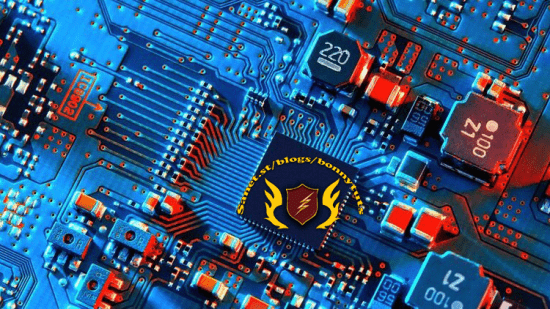
Last updated 8/2022
Created by Girish Wadhwa
MP4 | Video: h264, 1280×720 | Audio: AAC, 44.1 KHz, 2 Ch
Genre: eLearning | Language: English | Duration: 35 Lectures ( 16h 6m ) | Size: 10 GB
Simulation of Semiconductor devices
What you’ll learn
In this program, I’ll introduce you to Silvaco software and lead you through the design and modeling of semiconductor electrical devices.
Additionally, I’ll be teaching coding, instructions, and statements for Silvaco. We’ll walk you through it step-by-step using handwriting and screen samples.
Technical video related to Silvaco, nanotechnology, VLSI design and many more
I am running online batches also
Requirements
Silvaco Tcad Tool
MATLAB
Maple
Description
In this program, I’ll teach you about Silvaco TCAD software and lead you through the design, simulation and modeling of semiconductor electrical devices. Additionally, I’ll be teaching coding, instructions, and statements for Silvaco. We’ll walk you through it step-by-step using PPT and virtual mode. I’ll also go through various simulation techniques that differ in accuracy and speed. Various models for semiconductor quantities, including mobility, carrier recombination generation, and current density, will also be covered.You will have a deep understanding of how electronic devices operate and several simulation techniques at the end of this course. You can use it for homework, writing assignments, and even regular jobs.Today much of the development of semiconductor devices and processes is done by computer modeling. The approach is called TCAD. Technology computer-aided design is a branch of electronic design automation that models semiconductor fabrication and semiconductor device operation. The modeling of the fabrication is termed Process TCAD, while the modeling of the device operation is termed Device TCAD.Requirement:To learn Silvaco you have to be knowledgeable about semiconductor materials and their performance parameters, the physics and technology of the electronic device, and some analytical solutions of the device you want to simulate.Then you have to know how an electronic device is simulated numerically starting from its physical model, then its mathematical model then its solution of the mathematical model to get the performance parameters such as the i-v curves of the device.
Who this course is for
Beginner
VLSI Design Students
Device Physics
Analog and VLSI Design
Researchers
Password/解压密码www.tbtos.com